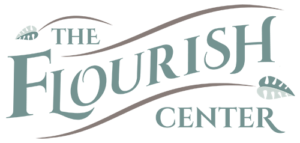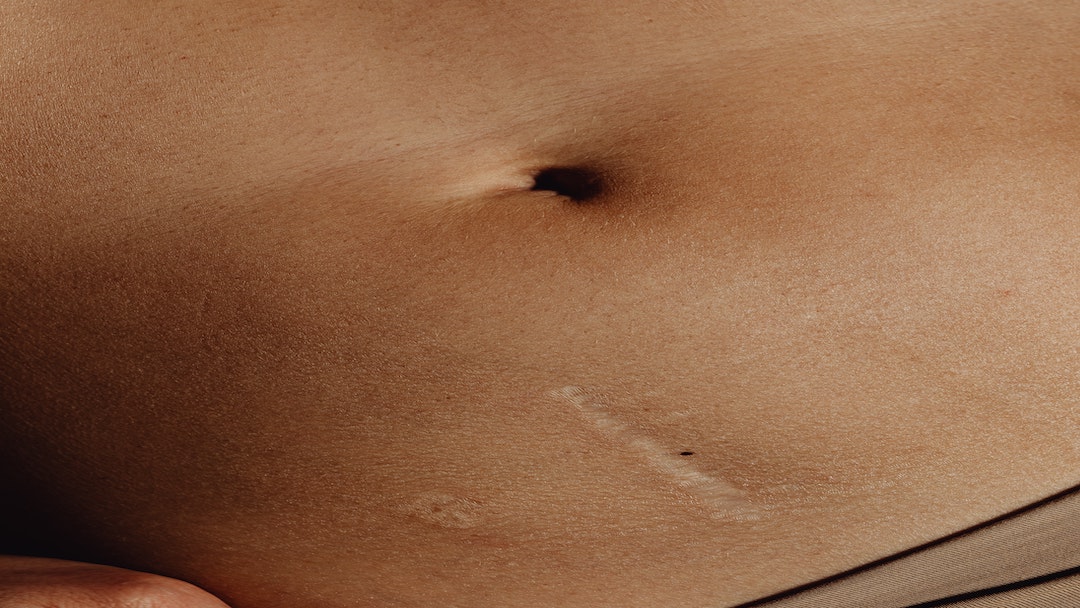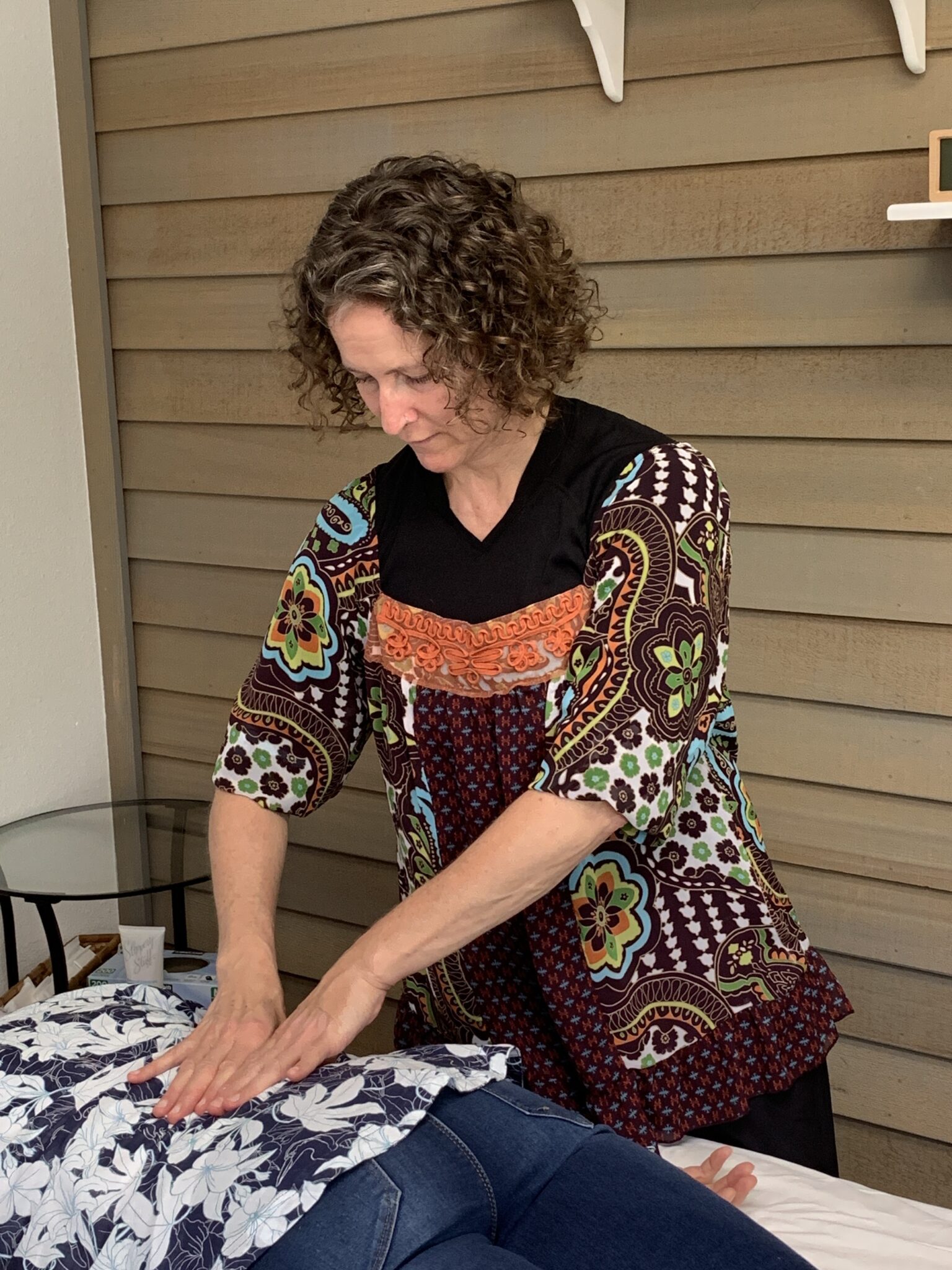
Tips for Better Digestion & Gut Health
Written by our Functional Nutritionist & Health Coach, Cindy Wiedoff
Optimal gut health begins with our daily habits. In order to set yourself up for success, the focus must shift to making mealtime a priority.
After all we spend a good amount of time eating, typically an average of 3 to 5 times daily.
The more we can do to start the digestion process off right, the more likely we are able to absorb nutrients and avoid digestive dysfunction.
I put together a few helpful HINTs (see what I did there) to help improve your overall gut health and digestive processes.
Digestion should be visualized as a “north to south” process.
It begins in your brain (north), not your stomach!
The act of smelling and seeing the food tells your brain its time to eat, so it sends out a signal telling the digestive system to get ready to eat. This stimulates the production of stomach acid and enzymes needed to assist the body in breaking down food as it moves down “south”.
If we skip this crucial step, the next stage of digestion will become more difficult.
It’s important to be in a relaxed frame of mind. Proper digestion can only happen when we are in a parasympathetic (relaxed) state of being.
That means being mindful about the entire process and avoiding potential distractions like multitasking. Mindful eating includes taking the time to be seated, to eat slow, breathe, look, and smell before you even take your first bites of food.
For my clients, I provide an in depth examination of digestion and eating habits. I help pin point areas that may be hindering optimal health, then guide them through the process to improve certain aspects.
Tips for optimal digestion and overall gut health:
1. Choose your location wisely.
Sitting and eating in a relaxed or parasympathetic state helps the brain to focus on the task at hand, which is the digestion process. When we sit in a relaxed state, both the brain and body can work together to accomplish all that comes with digestion.
It is especially important to find a quiet space away from distractions like work, television, and computers. Mindful eating is much easier to accomplish when there are no distractions.
In my opinion, this is the most important step.
2. Prepare more meals at home.
Preparing food at home should be a sensory experience. When we see, smell and handle food, the brain tells the body that it is time to eat.
Doing this helps the brain and body begin the digestion process.
Many clients will notice some weight loss when making the majority of their meals at home.
Eating out often adds unwanted calories and the overconsumption of processed foods. You also have control over what goes into your food and the quality of ingredients used.
An additional benefit would be using that time as an opportunity to connect with loved ones and those around us.
3. Drink the majority of your water between meals.
You need potent stomach acid to help break down food while eating so more nutrients can be absorbed. Water and other beverages consumed during meals dilute the necessary stomach acid needed to begin breaking down food and absorbing nutrients.
It’s best to sip a little water as needed when eating.
4. Consider digestive support products.
Products like bitters, apple cider vinegar, or HCL (hydrochloric acid) prior to mealtime help create the appropriate level of stomach acid needed to breakdown food.
Products like digestive bitters help digestion because of their bitter taste See my blog here about bitters here. They stimulate your bitter taste buds, which signal different activities in your digestive system that start making more saliva, stomach acid, and enzymes (like pepsin) that help you start to break down your food.
As we age, the level of gastric juice we make naturally begins to decrease, making it more difficult to break down food, absorb nutrients.
So adding bitters to your diet can assist you.
5. Incorporate probiotics and/or cultured and fermented foods into your diet.
Take a probiotic daily and change the type every few months to introduce a variety of strains.
If the digestive system is strong enough, and histamines aren’t an issue try adding some fermented foods into your diet.
Fermented and cultured foods create (probiotic) and feed (prebiotic) our beneficial gut bacteria. For example, kefir, low sugar cultured yogurts, kimchee, saurkraut, kombucha, miso, and fermented vegetables are all great sources.
6. Chew, chew, chew your food slowly and thoroughly.
Eating slowly and chewing thoroughly helps mix the saliva and enzymes needed to break down food properly and ensures vitamins and minerals are absorbed.
Proper chewing also helps the digestion process break the food down to a size that is safe to enter the next phase of digestion. If food particles are too large, they can stay undigested, ferment, and become food for undesirable bacterial overgrowth and create conditions like Small Intestinal Bacterial Overgrowth (SIBO).
When large pieces of undigested food moves further down the digestive tract, it can create holes in the mesh-like lining of the intestines and cause situations such as irritable bowl syndrome, leaky gut, and food sensitivities.
7. Increase fiber intake
Fiber encourages the elimination of waste in a timely or “regular” cycle.
Increasing the amount of fiber you consume daily feeds beneficial gut bacteria needed to maintain balance and harmony.
It will also make you feel full longer and help stabilize blood sugar, which helps control unwanted food cravings.
Here are some small changes that can make big differences.
And they don’t cost you any money
1. Try to savor and enjoy your food. Take deep breaths before you start to eat and have a grateful mindset or attitude for the food in front of you.
2. Time yourself eating. See if you can extend that time to slow down and chew food longer.
3. Challenge yourself to reduce the amount of liquids around your meal time, especially during and after eating. This will increase the stomach acid available for proper digestion.
Having digestion issues? Not sure what to eat or what probiotic to take? Looking to lose weight or eat optimally for a chronic condition?
I can help!
I can work with you at The Flourish Center in Portland, or anywhere in the world via online sessions.





Recent Comments